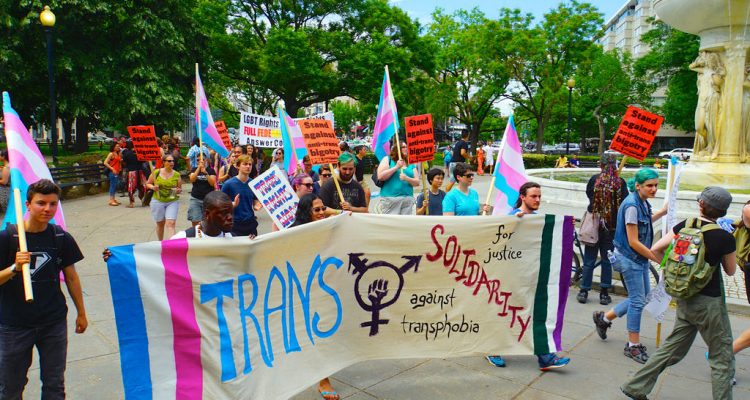The New York Times reported the existence of an official memo leaked by the New York Times, alleged to have been issued from United States Attorney General Jeff Sessions, on Oct. 21. It is described as stating a planned redefinition of gender through a reinterpretation of Title IX, which protects citizens from discrimination. This interpretation would limit the legal definition of gender as something immutable and reflective of the sex organs present at birth, removing the possibility of identifying as any gender other than man or woman.The official memorandum refers to the Donald J. Trump administration’s intentions to define sex “on a biological basis that is clear, grounded in science, objective and administrable”. This echoes the words of another memo issued in October 2017 referencing a different piece of legislation that outlines the clear plan to restrict the definition of gender, saying,“Title VII’s prohibition on sex discrimination encompasses discrimination between men and women but does not encompass discrimination based on gender identity per se, including transgender status.” This relegation of gender identity to a binary system of organization would therefore not only limit the protection offered by government legislation to transgender people, but in the eyes of the law, fail to acknowledge them completely.
Some of the advances made by Barack Obama’s administration meant a more flexible definition of gender, and led to the controversial issue of allowing non-binary and transgender students to choose which bathroom they felt most comfortable with, which was fought out in state legislatures across the country. One overwhelming concern voiced by conservatives is that the safety of women, especially the safety of their daughters, would be threatened should this policy be enforced. However, as proven by the confirmation of Brett Kavanaugh as Supreme Court Justice, survivors of sexual assault are often faced with a culture of denial and suppression from this very same part of government. So I ask the firm defenders of Kavanaugh who might be standing behind the Trump White House’s contemplation of restricting gender to the binary to reconsider if the safety of women is truly at the forefront of their minds in regards to this issue. The legislative debate around the country concerning an individual’s right to choose the bathroom they feel aligns closest to their gender identity is often cited by many conservative outlets as simply a way for opportunistic men to prey on women. Ignoring the arduous and extensive legal process of confirming one’s gender identity, it seems unlikely that, even if assaulted, certain legislators would even believe those same women. It seems more likely to me that, given the prevalence of disbelief often offered to those who have suffered from sexual assault, the concerns of the conservative pundits seem hollow.
There is a well-established fact among anthropologists, cultural historians, sociologists, and anybody else who has actually definitively studied the history of gender throughout the world, that gender is almost universally acknowledged by these experts as existing on a continuum. This is supported by the wide and varied forms of gender expression throughout the world, and not just confined to the binary system of present-day America. Traditionally, cultures across history have acknowledge and even respected the unique gender identities outside of the masculine man and the feminine woman; “hijras” in India, “fa’afafine” of Samoa and the Albanian “burrnesha.” Despite being heavily stigmatized to this day, the “hijra” of the Indian subcontinent have been recognized as a gender “other” for at least hundreds, if not thousands, of years, and have recently been officially recognized by the Indian government as constituting a third gender. The “fa’fafafine,” predominantly effeminate men who choose male partners, are also usually classed as a third gender by their respective culture, though a key difference between their treatment and the “hijiras’” is that the “fa’fafafine” were traditionally respected members of society, valued for their capabilities in caregiving and assuming both masculine and feminine roles. Unfortunately, the advent of Christianity in the Pacific islands has introduced a stigma for those non-conforming individuals, but they nevertheless serve as an example of how some cultures have historically valued, rather than repressed, other genders. In the case of the “burrneshas” living in northern Albania, masculine-presenting females, they reject their identity as women in order to achieve a higher social standing as men, enforced by a vow of celibacy. Assuming that our ways of organizing gender are no more superior than these societies’ methods, then it follows that human beings as a species display a wide variety of variability in terms of gender, and that binary gender organization is not inherent to us as a whole. Or in other words, alternative gender representations outside of what American, or Western culture deems as normal, has not always been the case, and therefore cannot be universally true for all people.
The confinement of all of the vast and diverse forms of expressions of human sexuality to the binary not only stamps on the rights of a whole demographic, but it denies a scientific truth. Trump’s reported contemplation of denying the existence of trans and non-binary people would represent another ham-fisted administrative move, aiming to erase both human rights and scientific reality.


Leave a Reply